Introduction
Sant'Anna School of Advanced Studies, also known as Sant'Anna School of Advanced Studies, is an elite public university school located in Pisa, Italy, focusing on research and education in the field of applied sciences.
Overview
Number of students: about 1,652 students, including 232 undergraduates, 86 masters, 342 doctoral students and about 1,300 higher training scholars.
Teacher-student ratio: about 1:14.
History
The history of the school can be traced back to the 16th century. Its predecessors have deep roots with Ferdinando I College, Putano College and Convit Youth Education School. On February 14, 1987, in accordance with Article 41 of the Italian Law, the modern Sant'Anna School of Advanced Studies in Pisa was officially established.
Establishment time
The modern school was established in 1987.
School strength
Faculty: It has 82 teachers and researchers who have profound professional knowledge and rich teaching and research experience, and can provide high-quality education and guidance to students. Among them, there are 35 teachers and researchers in the Department of Social Sciences and 47 teachers and researchers in the Department of Experimental Sciences.
Scientific research level: The school focuses on interdisciplinary research and actively interacts with social, cultural, scientific and economic fields. Research activities revolve around strategic issues such as sustainable development, social inclusion, health, data science and artificial intelligence, aiming to promote innovation and change and solve complex problems facing the world. The scientific research results have a certain influence in Italy and even internationally. Since 1990, as an incubator for spin-off companies, it has promoted the use of technology in production and promoted the development of local high-tech economies of scale.
International cooperation: It is a member of the European University Association "Individual formal member", has carried out extensive cooperation with many internationally renowned universities and institutions, such as Chongqing University, Zhejiang University, China University of Political Science and Law, Tsinghua University, Shanghai Jiaotong University and other Chinese universities. The cooperation areas cover applied scientific research and teaching, student exchange and mutual visits, teacher exchange, cooperative research, etc., providing students and teachers with rich international exchange opportunities.
Institutional nature
Public university college.
Educational philosophy
Committed to cultivating talents with outstanding talents and social responsibility, combining the cultivation of outstanding talents with cutting-edge scientific research, with the goal of promoting sustainable development and fairness and justice in society, emphasizing the value based on quality skills and dedication, and regarding it as the real driving force of development, the main mechanism of social mobility, and the key resource for addressing the challenges of sustainability and fairness in the world.
Key laboratories and disciplines
Key laboratories: The school has 14 laboratories and research centers, distributed in the main campus in the city of Pisa, the Polo Sant’Anna Valdera campus in the industrial town of Pontedera, and the Volterra The International Education Institute and the Italian National Institute in Pisa provide advanced equipment and a good environment for scientific research activities.
Advantageous disciplines: Political science, law, economics, management, engineering, computer science and other disciplines are all at the forefront of Italy. Its applied sciences such as agricultural science and plant biotechnology, medicine, industry and information engineering are also very strong.
Department
It is divided into the Department of Social Sciences and the Department of Experimental Sciences. The Department of Social Sciences covers the fields of economics, law and politics; the Department of Experimental Sciences covers the fields of agriculture, medicine, industry and information engineering.
Ranking
In the Times Higher Education World University Rankings, it was ranked 170th in the world and ranked relatively high in Italy.
Expenses
Tuition fees: As a public university, undergraduate tuition fees are waived, and only a small registration fee is required each year; if a doctoral student receives a scholarship, the scholarship will pay the tuition fees and provide a certain living allowance, such as the doctoral program in biorobotics provides a scholarship of 18,800 euros per year and 2,200 euros per year. Housing allowance of EUR.
Other expenses: The cost of living in Pisa is relatively low. Students need to bear their own living expenses such as accommodation, food, and transportation, but the school provides certain grants and scholarships for outstanding students to reduce the financial burden.
Campus environment
Geographic location: Located in Pisa, a famous historical and cultural city in Italy, it has a profound cultural heritage and a strong academic atmosphere. The city environment is beautiful and the living facilities are complete, providing students with good learning and living conditions.
Teaching facilities: In addition to advanced laboratories and research centers, the school also has a library with a rich collection of books, modern classrooms and other teaching facilities, which provide strong support for students' learning and research.
-
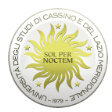
University of Cassino and Southern Lazio
-

University of Campania Luigi Vanvitelli
-
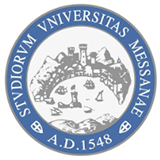
University of Messina
-
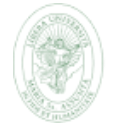
Libera Universita degli Studi Maria SS. Assunta di Roma (LUMSA)
-
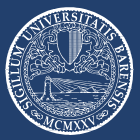
University of Bari Aldo Moro
-
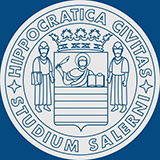
University of Salerno
-
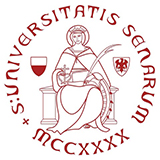
University of Siena
-

University of Ferrara
-

Campus Bio-Medico University of Rome
-

University of Genoa
-

Mesoamerican University
-

Istmo University
-
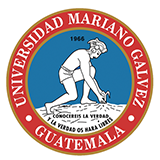
Mariano Galvez University of Guatemala
-
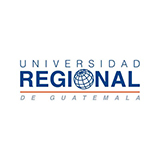
Regional University of Guatemala
-
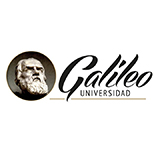
Galileo University
-
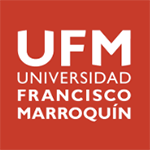
Francisco Marroquín University
-

Rafael Landívar University
-
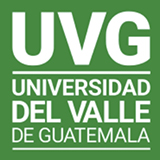
University of the Valley of Guatemala
-
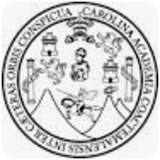
University of San Carlos of Guatemala
-

Technological Institute of Tlaxcala Plateau
-

Golfo University
-
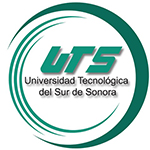
Technological University of South Sonora
-
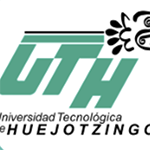
Technological University of Huejotzingo
-
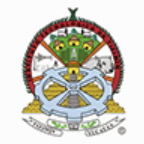
Tizimín Institute of Technology
-
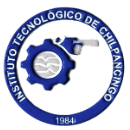
Chilpancingo Institute of Technology

